Semi-hard, soft, sweet, or spicy? Greece has it all! Discover them in this perfect guide for Cheese lovers. In Greece, the production of cheese has a tradition of many centuries. In fact, for ancient Greeks, cheese was a sacred food.
Almost every region of Greece has its own traditional way of producing cheese. In total, more than 60 different species have been recorded. There are several types of cheese, which are categorized based on their texture, color, or method of preparation. Some are white or yellow, fresh or ripe, but also soft, semi-hard, and hard. Let's see the most famous and favorite of our cheeses and their characteristics.

1. FETA CHEESE
Famous Greek cheese feta, also known as "white gold", is one of the most recognized Greek cheeses in the world. It is made from goat's and sheep's milk, with a slightly sour taste, preserved in brine in wooden barrels or tins. Feta cheese color must be pure white, its texture solid, and when eaten, it should melt in the mouth and leave a pleasant, slightly sour taste. When a package of feta is opened, it can be left at temperatures of 2-6 degrees Celsius. Of course, there are ways to maintain it for much longer, even for months.
Barrel-aged Feta
It is spicier and harder as the cheese interacts with the wood. The tradition of feta in a barrel is popular in the Peloponnese, Central Greece, and Thessaly.
Brined Feta
The feta sold in brine usually has a milder taste, an easier aroma, and is softer. It is the one that is exported and preferred the most.
If you want to discover all the secrets, information, and tips about Greek feta cheese, read our complete guide to Greek feta cheese.
2. GRAVIERA
Graviera is probably the most popular cheese, after feta. Many towns, villages, and islands produce their own graviera, all having their own distinct taste. It's a hard cheese with a light to deep yellow color, small, irregular holes, a hard rind, and flavor ranging from slightly sweet and nutty to a bit spicy. When the graviera is young, it tastes sweet and buttery.
Graviera from Crete
The version from Crete is known for the burnt caramel taste. Traditionally, it’s produced from sheep's milk or a mixture with goat's milk. Goat's milk adds a spicier characteristic, which becomes more intense as the cheese matures. It is an excellent cheese maturing in caves in the Cretan mountains.
Graviera from Naxos
The only Graviera produced with cow milk is produced in the beautiful island of Naxos. It has a light yellow color, a fine aroma, and a sweet taste. It is indeed one of the best Greek cheeses.

3. KEFALOTYRI
Kefalotyri (or kefalotiri) is considered the oldest of the hard cheeses of Greece. It has a salty, spicy taste and a pleasant aroma, which is achieved after maturation for at least 3 months. It can be compared to Graviera, though it is saltier and harder.
Unpasteurized goat’s or sheep’s milk (or sometimes both), in the areas of Central Greece, Peloponnese, Macedonia, Epirus, Thessaly, Crete, Ionian islands, and the Cyclades. Depending on the mixture of milk used in the production, the cheese varies between yellow and white. It can be added on top of hot pasta, to stews, and to sauces as well. Kefalotyri is the perfect cheese for a cheeseboard; it pairs smoothly with seasonal fruits and red wine.

4. KEFALOGRAVIERA
Versatile and delicious, the kefalograviera is one of the newest cheeses on the Greek market, as its production began only in the 1960s, and has become a favourite since. The three protected designations of origin for Kefalograviera are: Western Macedonia, Epirus, and Aitoloakarnania.
It is a hard table cheese made from a mixture of sheep's and goat's milk. Kefalograviera got its name after the salty Kefalotyri and the mellow Graviera cheese. The rind of kefalograviera Greek cheese ranges in color from yellow to dark brown.
5. ANTHOTYRO
Anthotyro literally means flowery cheese, referring to the strong aromas of wild herbs. There are two varieties: fresh and dry anthotiro. It is made with milk and whey from sheep and/or goats. It is very similar to Mizithra, since the way these two cheeses are produced is almost the same. After all, Anthotyro as well as Manouri are considered essential types of Mizithra.
The fresh variety is known as Anthotyro fresco and has a soft texture and mild flavor. It is typically consumed as a table cheese or used in the preparation of pastries and pies. Combine it with honey and fresh fruits such as apples, pears, and figs.
The dry variety, known as Anthotyro xero, has a rich, salty flavor and crumbly texture. You can consume it as a table cheese or grate it over pasta (especially spaghetti) and salads. You can use it for cheese pies.
6. MIZITHRA
Myzithra (Mizithra) is the most popular whey cheese in all whole Greece, with many variations related to the type of milk, its fat content, and its preparation techniques. There is also a sour version of mizithra cheese, which is known as xynomizithra. The strong flavor of this sour cheese is certainly an acquired taste. It pairs well with strong liquors like retsina, and it is sometimes used in specific dishes for a desired sour, tangy flavor.

7. MANOURI
Manouri is a fresh, semi-soft cheese that can be used in salads and pastries as a low-fat alternative to cream cheese. It can be an excellent dessert when combined with honey and marmalade. Made by adding milk and/or cream to the whey of sheep’s or goat’s milk, manouri is less salty, it is creamier than Feta, and is mostly produced in central and northern Greece.
8. METSOVONE
Τhe smoked cheese with the royal flavour has been produced for over 40 years now. Made from sterile 100% cow's milk or a mixture with goat milk that does not exceed 10%. After a maturation period of 3 months, the cheese is smoked for 12 days with smoke from burning aromatic plants of the area, vines, and grasses. It is then kept hanging in the smokehouse, usually for 5 months.
Metsovone is pleasantly eaten plain, but grilled with lemon is simply irresistible! Try it also on pies and gratins or tarts and sprinkle it on pasta. It accompanies equally impeccable vegetables and meats, giving its own special, smoky aroma, while it also goes well with velouté soups and baked pasta.

9. KASSERI
Traditional Greek cheese Kasseri, with a semi-hard texture is so popular that we often call almost every yellow cheese we see by its name. It has a rich taste, slightly salty, and has a characteristic aroma of goat's and sheep's milk as it is produced from their milk, exclusively in various regions of Macedonia and Thessaly, but also in the Prefectures of Lesvos and Xanthi.
It is recommended to be kept at room temperature for 20-30 minutes before consuming. In that way, the unique aromas are better released from the sheep's milk. Kasseri matures for at least 3 months, but in fact, the more it matures, the better it becomes. It is pleasantly eaten plain with hot bread, and it is used for pies.

10. HALLOUMI
Halloumi is the famous traditional white cheese of Cyprus, it has been made for hundreds of years in Cyprus. The recipe was usually passed from mother to daughter because the men guarded the sheep. The women at the house made the cheese from a mixture of sheep and goat milk, but also cow's milk.
It is a semi-hard cheese, rubbery and squeaky with a rectangular or semicircular shape, and is usually folded. Halloumi has a high melting point, meaning it can be grilled, boiled, or fried without melting. It can be eaten raw and fresh with fruit and white wines.



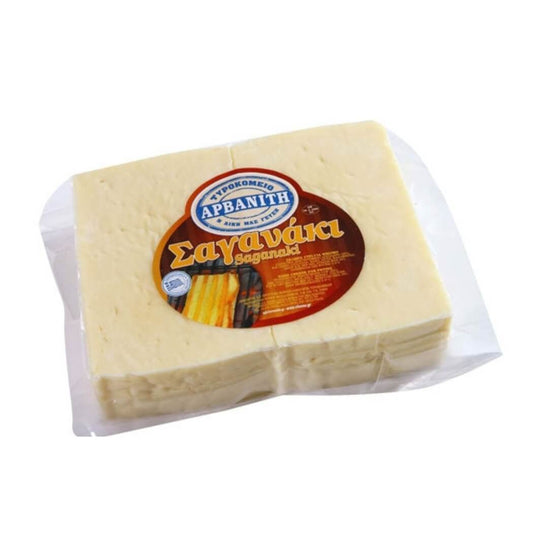


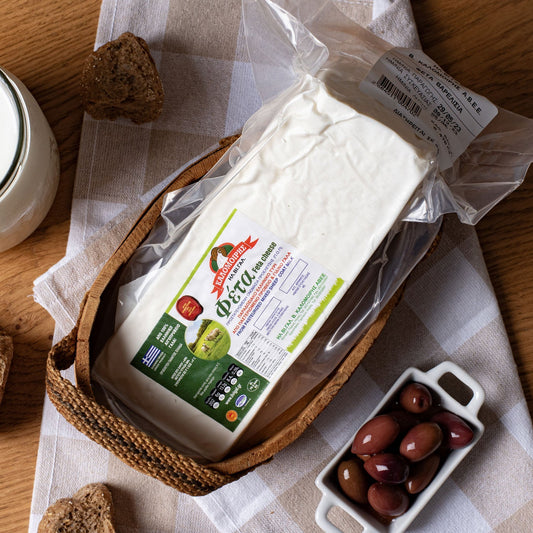

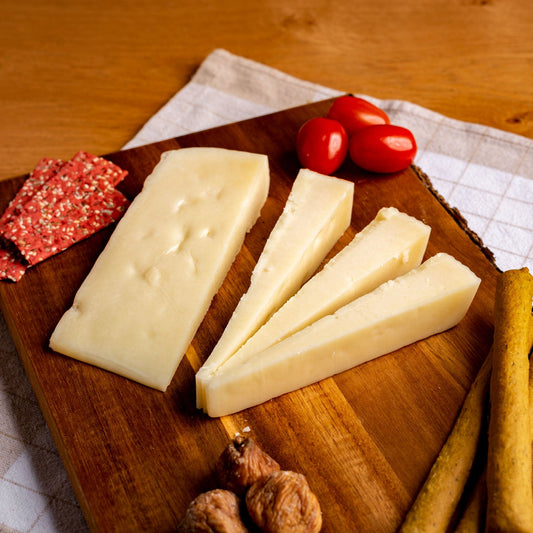

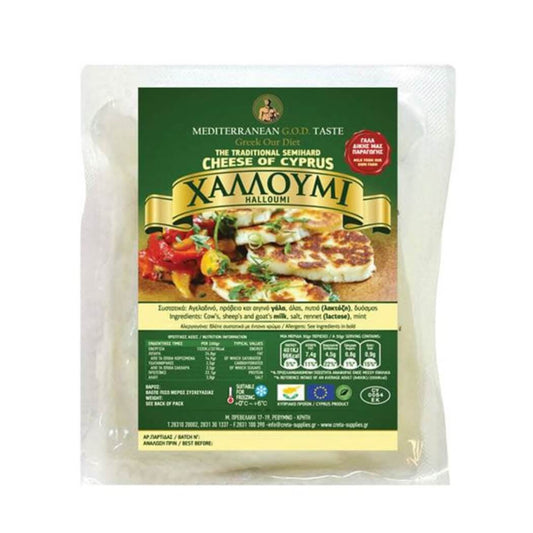

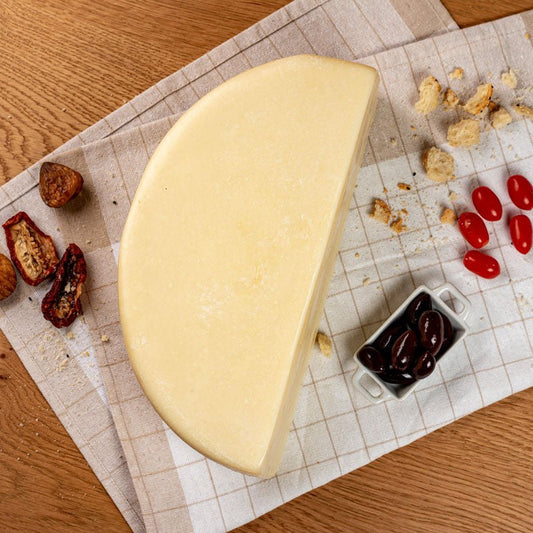

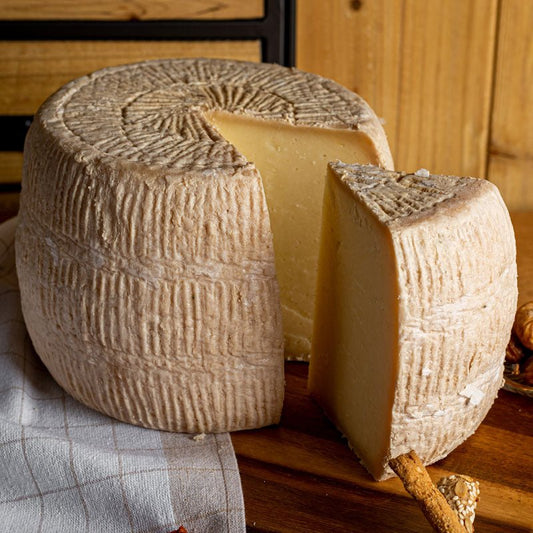



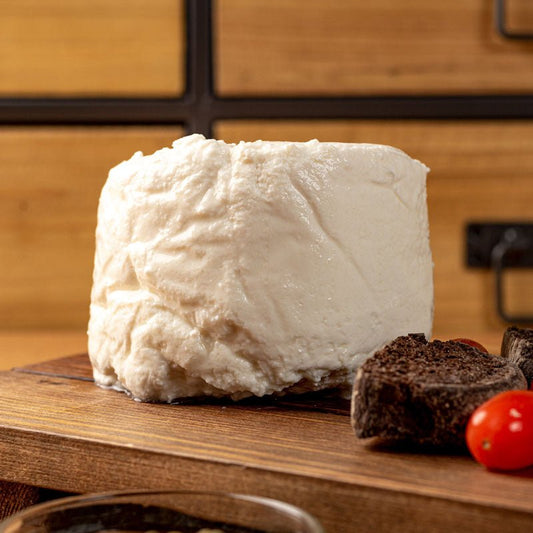

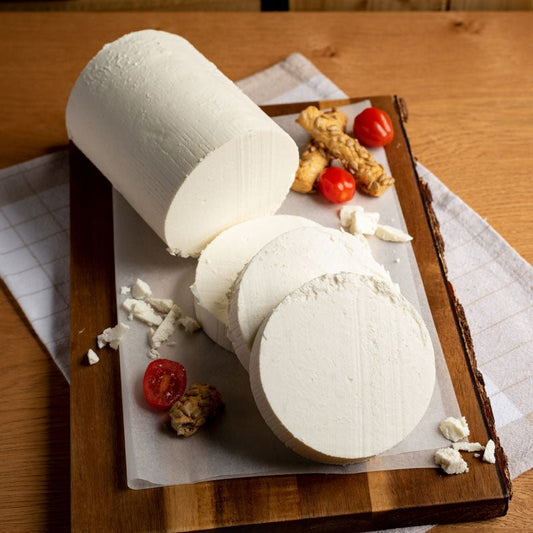

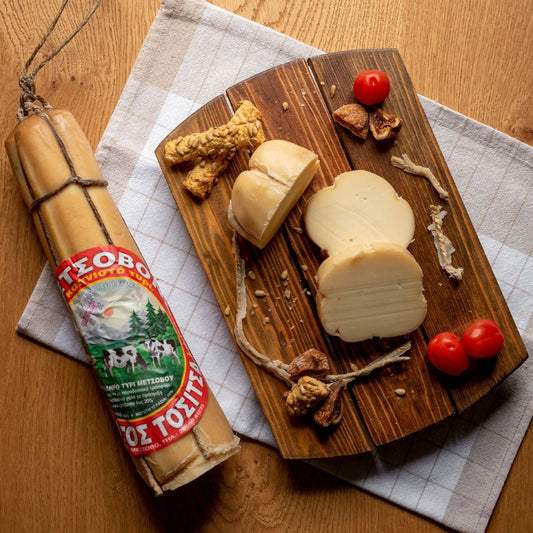




1 comment
Pouvez- vous preciser le % moyen en sel des fromages grecs.
Merci de repondre.
Bruxelles, 09/09/2025.